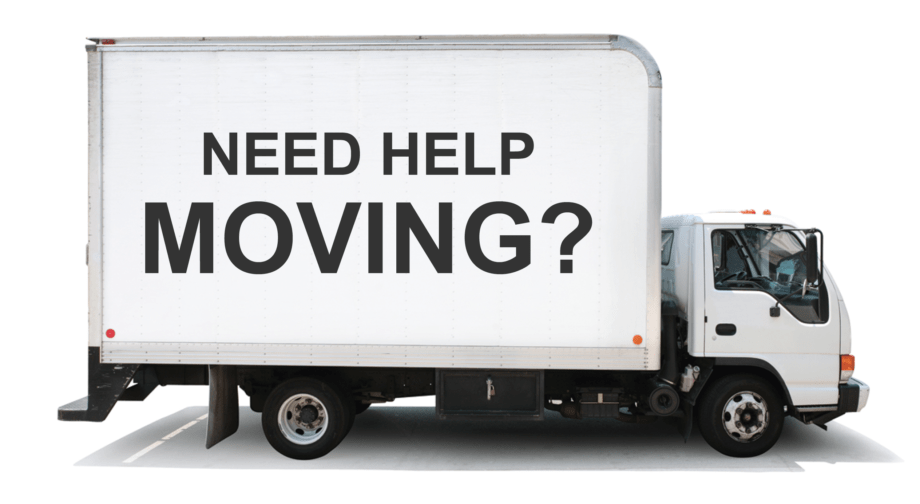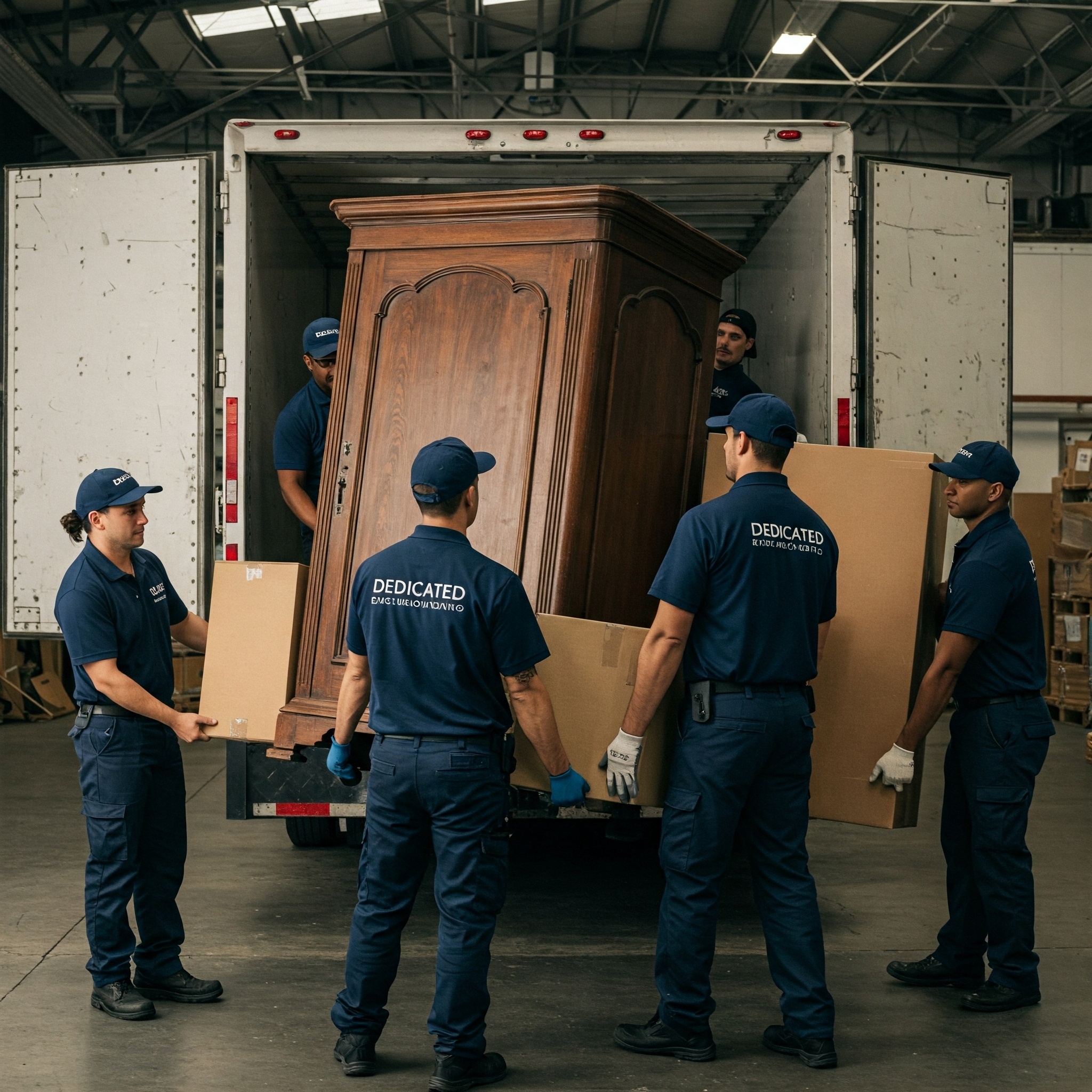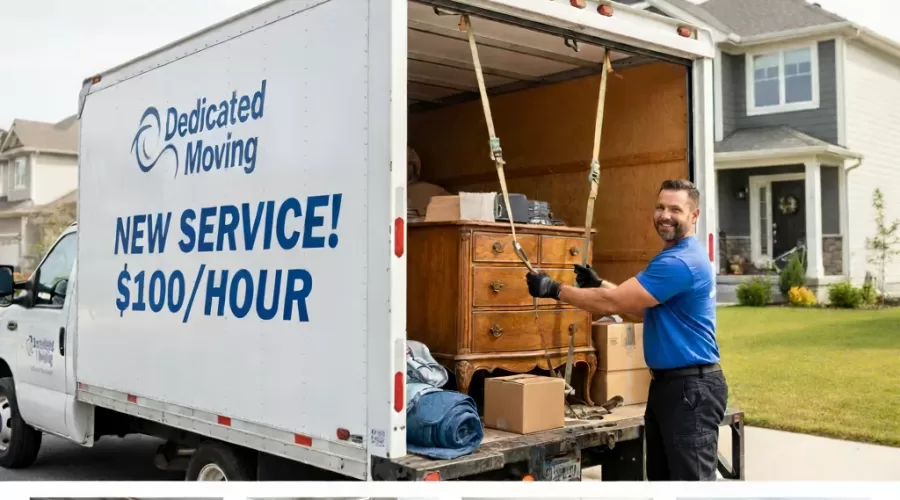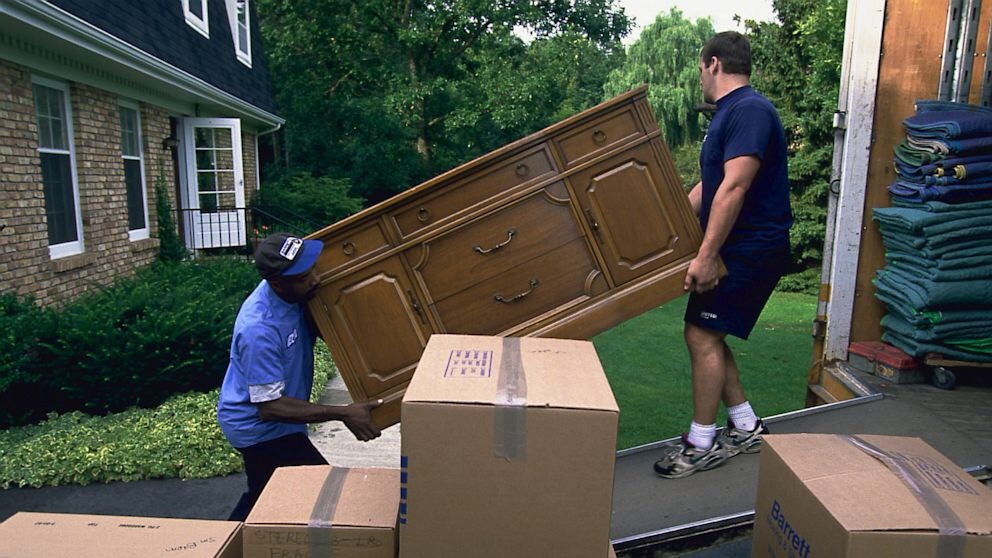If you’re an entrepreneur, multi-state living can be a smart choice. For example, if you run a
wedding photography business, it makes sense to set up shop in an area with a lot of
demand, like Hawaii or California’s Napa Valley. However, those areas can be expensive, so
you may not want to live in them full time. With multi-state living, you can enjoy a thriving
business while also enjoying a great private life. This guide explains how it’s done.
Decide where to register your business
When deciding where to set up your business, there are many factors to consider. First,
there’s the local demand for your goods or services. You also want to think about the
conditions for entrepreneurship in the given state. For example, some states, including
Wyoming and South Dakota, offer more favorable tax rates for businesses.
Once you decide where to set up shop, register your business with the state. This
introductory primer from the U.S. Small Business Administration explains how it’s done.
You’ll also want to designate a registered agent who can receive legal notices and
government mail on your business’ behalf when you aren’t there.
Figure out where you want to call “home base”
You also have to decide where you actually want to live most of the time. In this case,
consider personal factors like whether you prefer a suburban or urban location. You also
need to think about your family’s needs. For instance, if you have kids, school districts are a
consideration. This will help you narrow down your housing search.
A realtor can help you find the perfect place to call home. Once this is done, equip your
house with all the necessities you need to feel comfortable. You can read honest product
reviews for home goods online. This will give you trustworthy feedback from real-world
users, allowing you to buy items with confidence.
Start organizing your multi-state move and life at large
With the above tips taken care of, it’s time to organize your actual move. Hire a qualified
team like Dedicated Moving well in advance. Make sure that they’re equipped to take care of
out-of-state moves in your area. You can ask for references and check online reviews of
moving companies to make sure they’re trustworthy.
Before you move, take the time to declutter and get rid of items you no longer need. This will
spare you the hassle of transporting goods you don’t use. If there are things you can’t bear
to get rid of but that doesn’t fit into your new home, you can put them into storage. You’ll still
have access to them whenever you want them.
Leverage the advantages of multi-state living to save money
As you settle into the multi-state lifestyle, start paying attention to your finances. There are
many ways that you can save when you’re living in multiple locations. For example, basic
expenses like car insurance and health insurance are cheaper in some areas than in others.
Here are some other ideas for how you can save:
● Compare and contrast self-storage between states. For self-storage in the Ayer, Massachusetts
area, for example, you can expect to pay at least $100, approximately.
● If you have kids, scope out child care costs between states. Child care in Massachusetts is voted #1 for highest childcare costs, compared to other states.
● Gas prices also vary between states. For example, the average price of gas in
Massachusetts is $3.850, compared to the national average of $4.061.
● Even food prices can vary between states. Groceries in Richmond, Virginia, are
5.52% lower than in Boise, Idaho, for example.
● You can also compare the general cost of living between states using online tools
like My Life Elsewhere. For example, Boston is 26.2% more expensive than Worcester Massachusetts.
Multi-state living can benefit you both personally and professionally. However, setting up this
kind of arrangement can be complicated. Don’t go it alone. Trust professionals, like a moving
company, to help. This will make multi-state living a breeze.
For more content like this, visit the moving blog.








